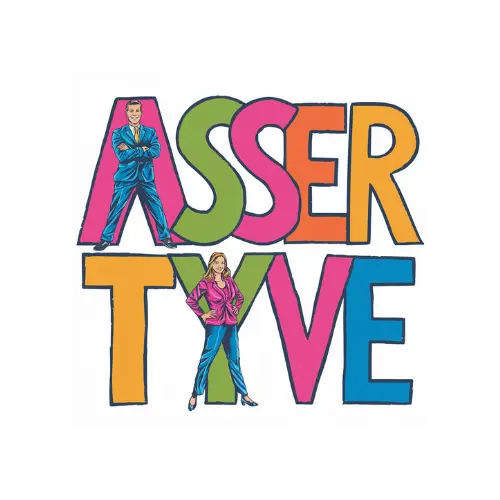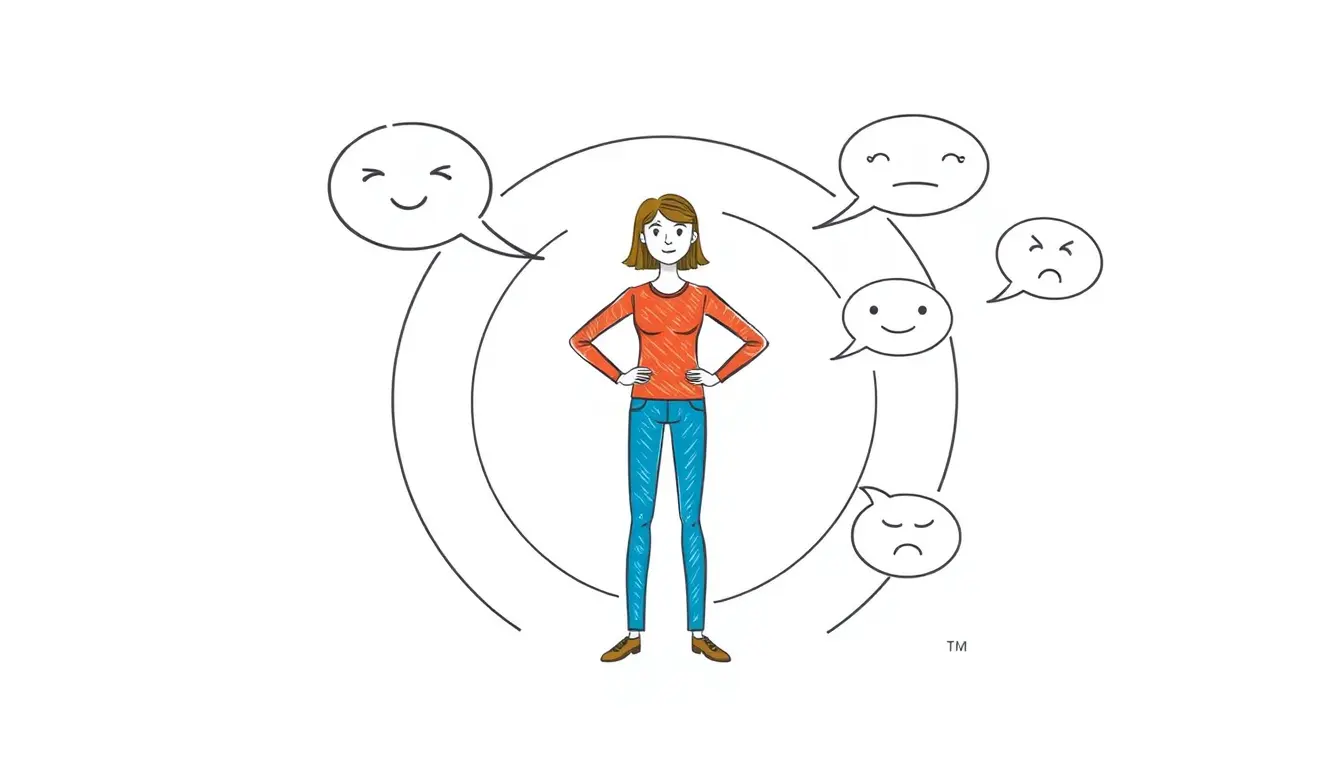What is Distributive Bargaining?
Distributive bargaining is a type of negotiation strategy where one party tries to maximize their gains at the expense of the other party. This approach is often used in competitive situations where there is a fixed pie to be divided, and each party wants to get the largest possible share. In distributive bargaining, the goal is to get the best deal possible, even if it means the other party gets a worse deal.
In this type of bargaining, each party has a fixed goal in mind, and they try to negotiate to get as close to that goal as possible. This approach is often used in business negotiations, labor negotiations, and international diplomacy. For example, in a business negotiation, a company may try to get the lowest possible price for a product, while the supplier tries to get the highest possible price.
Characteristics of Distributive Bargaining
Distributive bargaining has several key characteristics that distinguish it from other types of negotiation strategies. Some of the key characteristics include:
-
Competitive: Distributive bargaining is a competitive approach where each party tries to outmaneuver the other to get the best deal.
-
Fixed pie: In distributive bargaining, there is a fixed pie to be divided, and each party tries to get the largest possible share.
-
Zero-sum game: Distributive bargaining is a zero-sum game, where one party’s gain is equal to the other party’s loss.
-
Adversarial: Distributive bargaining is often adversarial, where each party tries to win at the expense of the other party.
Distributive Bargaining Strategies
There are several distributive bargaining strategies that can be used to get the best deal possible. Some of the most effective strategies include:
-
Separate the people from the problem: This strategy involves separating the emotional aspect of the negotiation from the actual problem being negotiated. By doing so, you can focus on finding a solution that is beneficial to both parties.
-
Focus on interests, not positions: This strategy involves understanding the underlying interests of the other party and finding a solution that satisfies those interests. This approach can help you find a mutually beneficial solution.
-
Use objective criteria: This strategy involves using objective criteria, such as market data or industry standards, to support your negotiation position. This approach can help you build a strong case for your proposal.
-
Make a strong first offer: This strategy involves making a strong first offer that sets the tone for the negotiation. A strong first offer can help you anchor the negotiation and get a better deal.
Distributive Bargaining Tactics
In addition to strategies, there are several distributive bargaining tactics that can be used to get the best deal possible. Some of the most effective tactics include:
-
Anchoring: This tactic involves making an extreme offer that sets the tone for the negotiation. Anchoring can help you get a better deal by setting a high or low anchor point.
-
Bogeying: This tactic involves making a false concession to get the other party to make a concession. Bogeying can help you get a better deal by creating a sense of reciprocity.
-
Nibbling: This tactic involves making small, incremental requests to get the other party to concede. Nibbling can help you get a better deal by wearing down the other party’s resistance.
Common Mistakes in Distributive Bargaining
While distributive bargaining can be an effective approach, there are several common mistakes that can lead to poor outcomes. Some of the most common mistakes include:
-
Making concessions too quickly: Making concessions too quickly can give the other party an upper hand in the negotiation.
-
Not doing your homework: Not doing your homework can leave you unprepared for the negotiation, making it difficult to get a good deal.
-
Not being flexible: Not being flexible can make it difficult to find a mutually beneficial solution.
FAQ
What is the main goal of distributive bargaining?
The main goal of distributive bargaining is to maximize one’s gains at the expense of the other party.
What are some common distributive bargaining strategies?
Some common distributive bargaining strategies include separating the people from the problem, focusing on interests, not positions, using objective criteria, and making a strong first offer.
What are some common distributive bargaining tactics?
Some common distributive bargaining tactics include anchoring, bogeying, and nibbling.
What are some common mistakes in distributive bargaining?
Some common mistakes in distributive bargaining include making concessions too quickly, not doing your homework, and not being flexible.
Conclusion
Distributive bargaining is a competitive approach to negotiation that involves trying to maximize one’s gains at the expense of the other party. While it can be an effective approach, it requires careful planning and execution to get the best deal possible. By understanding the characteristics of distributive bargaining, using effective strategies and tactics, and avoiding common mistakes, you can become a skilled distributive bargainer and get the best deal possible.







Leave a Reply